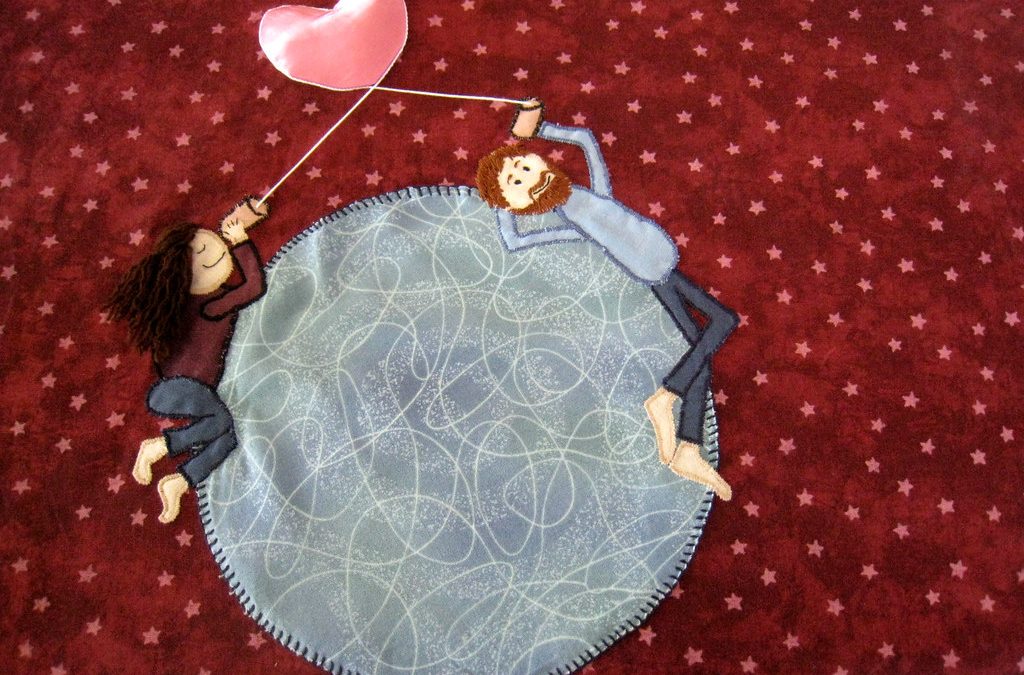Nandita Kochar
In its simplest form, balance theory is centered around the relation between a person and two attitude objects. These three elements are either connected by a favourable (liking, good, etc.) or unfavourable (hate, disgust, dislike, etc.) attitude. And so the structure formed by the relation between these three elements can be balanced or unbalanced. Let’s explain this with the help of an example. Happy Ho organizes best Meditation and Tarot classes in Noida and Delhi NCR area in India.
A has a friend B with whom she has favourable terms. Both of them are now assessing their views towards C, a new entry. One possibility is that Mary is favourable towards C and so is B. In such a situation, the attitude structure for A is balanced.
In another situation, dislikes and is therefore, unfavourable towards C and so is the case with B. Here again, the attitude structure for A is balanced.
The reason that the attitude structure is balanced for A is because her attitude and that of someone she likes (B) towards a third party i.e. C are the same. So let’s just say, you have a close friend who does not like the new student in class and you feel the same about this new entry, then the situation is balanced or pleasant. The situation is pleasant even when both of you like this new entry.
So when does an unbalanced structure arise? When you and someone you are close to have varying views towards a third party. So if A likes C and B dislikes C or if A dislikes C and B likes C, the attitude structure for A will be unbalanced. So how do we deal with the unpleasantness?
Well, in a situation where A likes C and B dislikes C, A might try to convince B to like C or might be open to changing her own views about C so as to eventually end up disliking C. In such a way balance can be restored.
Does this not remind you of when you tried to convince your best friend about the niceness of a third person just so that your best friend, like you, can start appreciating this person? Well, it could go the other way round also where your best friend likes someone and you do not, and so you start convincing her about the things you do not like about this third person.
Convincing doesn’t always work. So balance can also be restored by agreeing to disagree wherein you do not discuss about this third party.
Please remember that not all structures have to be balanced unless they produce discomfort. You and your best friend do not always have to like this third person, right?
And that’s a little of how well psychology explains our everyday behaviour!





